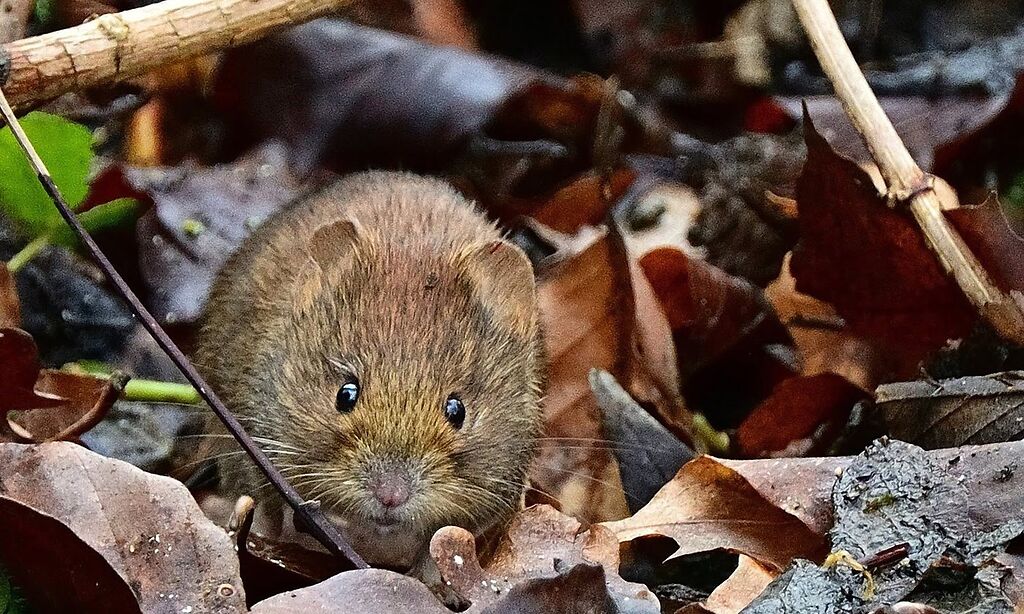How to Kill Voles

Voles are often mistaken for rats and mice, although they look more like the latter. Cute and seemingly insignificant animals, they can cause a mass of destruction, especially once they start burrowing and digging in your lawn. They can chomp through bulbs under the ground, often without you even realizing, and they can also cause structural damage. If the burrows are enough to make your lawn collapse, imagine what would happen if that burrowing action were under your home, or under outbuildings / trees.
One method that homeowners often turn to in order to eliminate a vole problem is poison. There are a number of problems associated with poisoning animals, rats and mice as well as voles, and one of the obvious concerns are the large amounts of poison that would be required for the job. There is very, very rarely just the one vole on its own, much like rodents. Voles often come in rather large groups, and you would need to lay down an awful lot of poisons over a large area to ensure all voles are killed.
At the same time, those voles that die … they’ll die under the ground in the burrows they’ve built. Your lawn will be littered with underground tombs, and these will attract other scavengers, particularly raccoons, mice, rats, opossums, coyotes, foxes, and more. Those animals will dig your lawn up even further to get to the easy meals below.
One method that can be used to kill voles is using snap traps. Voles are roughly the same size as mice, although there are a few species that can grow larger, but this means that mouse traps can work quite well in keeping numbers down.
If you place well-baited traps at the entrance of burrows and dens, there’s a good chance your trapping techniques will be successful. The more traps you set, the more successful your quest is likely to be. By using snap traps rather than poisons, you know exactly where the carcasses will end up, and they’ll be so much easier to clean up.
There are better ways to resolve a vole problem, such as looking at preventative measures before they invade, and also modifying your garden or yard to make it less attractive to the animals. We would always recommend seeking more natural methods to encourage them to leave where possible.
